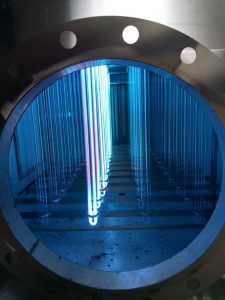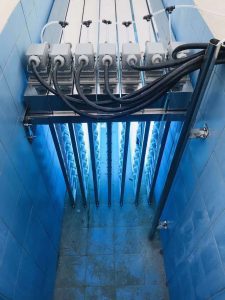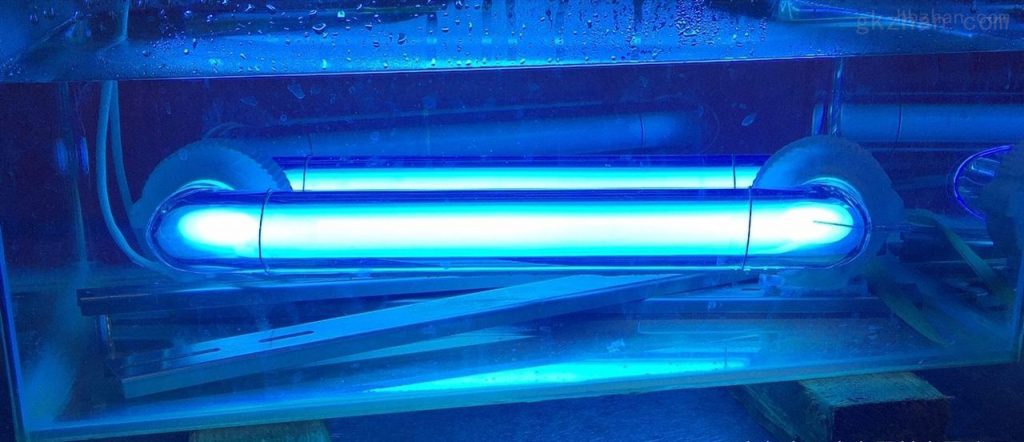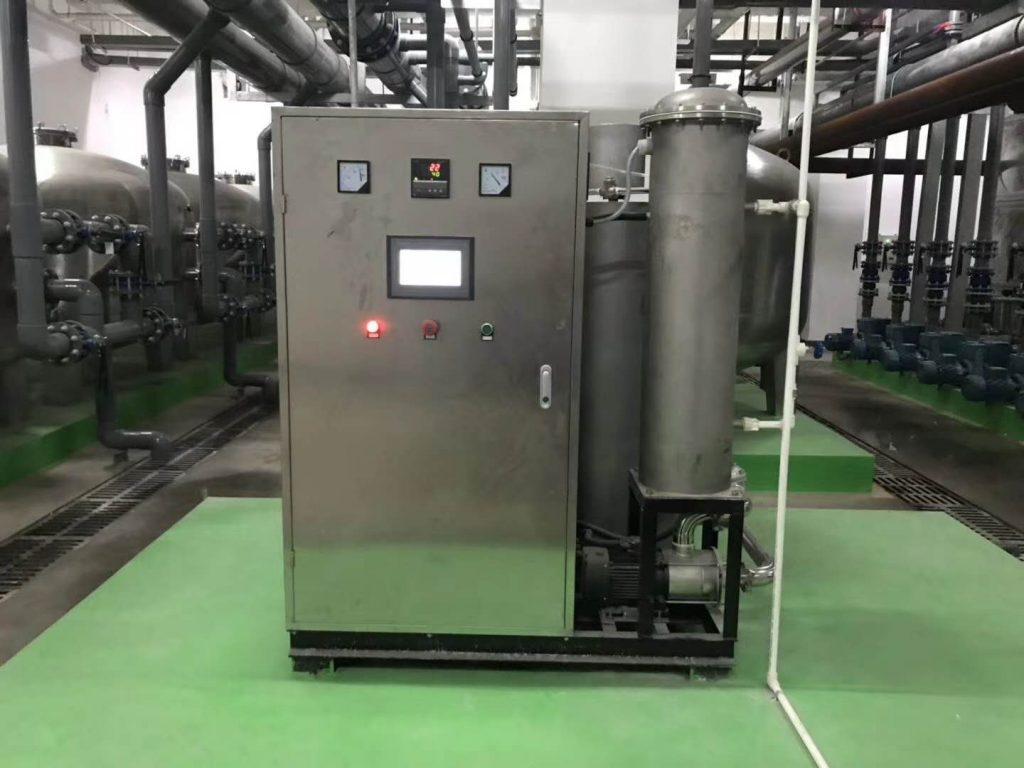The working principle of a photocatalytic oxidation reactor is to convert light energy into chemical energy. Through the presence of a catalyst, organic matter is decomposed into harmless substances in the reactor. When the light source shines on the surface of the catalyst, electrons and holes are excited, which react with oxygen molecules to produce reactive oxygen species (such as hydroxyl radicals, superoxide radicals, etc.). These reactive oxygen species have oxidizing properties and can oxidize organic matter to decompose it into carbon dioxide, water, and harmless inorganic substances.
In terms of wastewater treatment, photocatalytic oxidation reactors can effectively remove organic substances and chromaticity that are difficult to degrade in water. The photocatalytic reactor is a key component, including medium pressure ultraviolet lamp, lamp sleeve, reactor outer protection device, and ballast central control device. During the reaction process, wastewater enters the reaction tank through pipelines. After being irradiated by ultraviolet light in the photocatalytic reactor and the action of the catalyst, organic matter is degraded and converted into small molecule substances.











